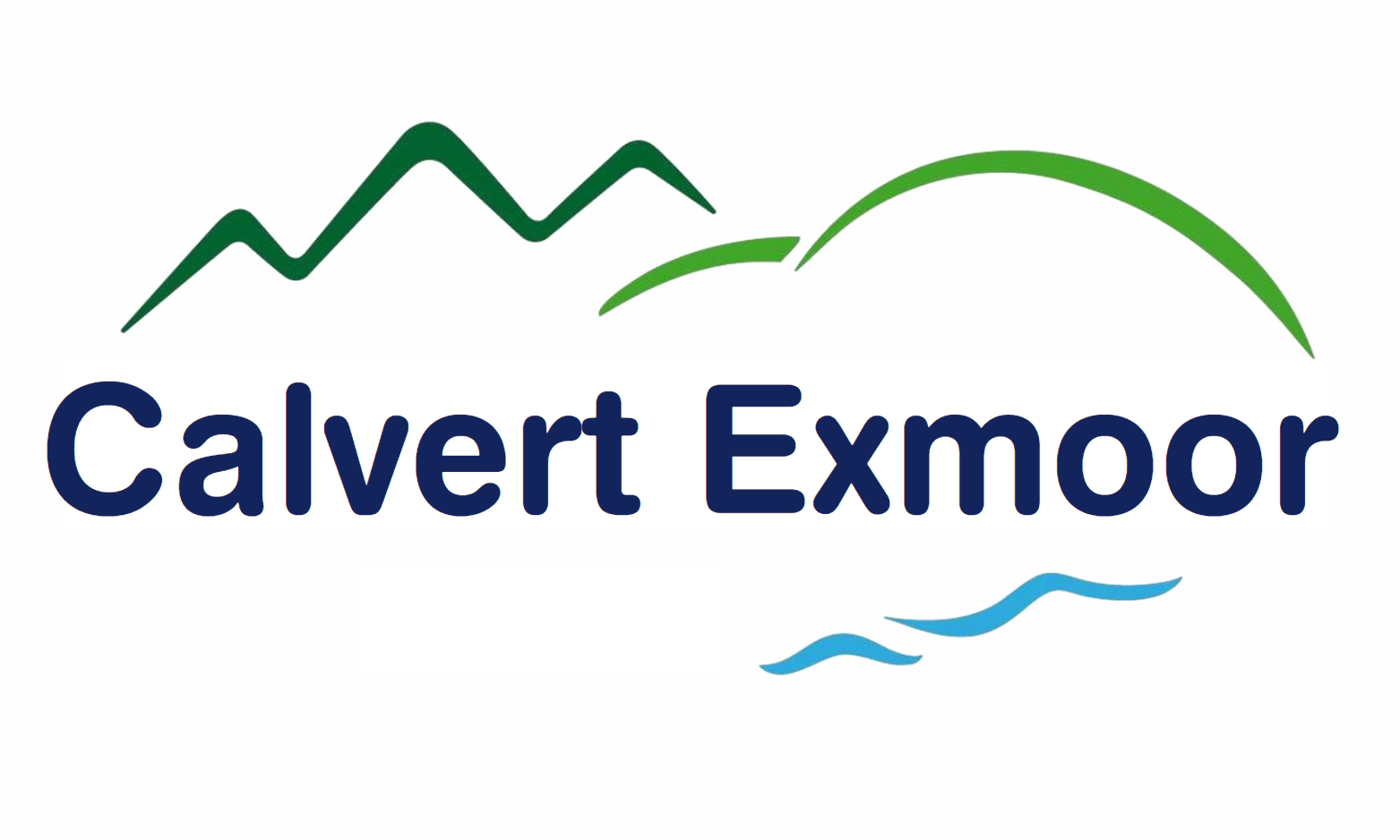
The Different Types of Sign Language in the UK
For those unfamiliar with sign language, it is not uncommon to assume that there is only one universal signing system. However, this is not the case. It is believed that anywhere between 138 to 300 distinct forms of sign language are currently used worldwide.
No matter your level of ability, learning about sign language could be life-changing for many people.
Why is Sign Language Important?
Sign language is a language system used mainly by those who have hearing impairments or are deaf. This form of communication must exist as people with hearing impairments can experience social isolation due to their disability.
Unlike the spoken word, where verbal speech is the main form of interaction, sign language uses the below as the primary ways of communicating:
- Body language
- Gestures
- Facial expressions
Other Ways of Including People With Hearing Impairments
As mentioned above, people with hearing impairments often experience significant isolation. Communication through touch and sight are key aspects of inclusion and can be explored in other ways than sign language.
For example, at Calvert Exmoor, we offer many accessible activities for deaf and hard-of-hearing guests that provide excellent opportunities for interacting with sight or touch. Some of these opportunities include:
- Adaptive cycling
- Horse riding
- Zip wiring
Guests can expect a focused, attentive approach from our fully-qualified instructors during their stay. Many more exhilarating and deaf-friendly activities are available to encourage social inclusion for a loved one.
Why Are There So Many Forms of Sign Language?
Similar to verbal language, ways of accessible communication develop within cultures and groups of people unique to the area they live in. Therefore, these interactions will be different between communities.
Most sign language systems don’t align with the spoken languages of the environment and tend to be separate language systems.
A good example is the difference between American Sign Language (ASL) and British Sign Language (BSL). Both the spoken languages of these communities are the same in that they verbally speak in English, although differences exist, for example, the difference between sidewalk and pavement.
However, ASL and BSL share some significant differences as they are in different areas of the world.
How Sign Language is Developed
It is not unusual for sign language to advance from a ‘parent sign language’. An example that highlights this can be found in the similarities between ASL and French Sign Language (LSF).
Despite the geographical distance, they bear a resemblance due to the introduction of the ‘methodical sign system’ produced in France during the 18th century. Laurent Clerc, a French teacher who was deaf, shared this system with American deaf education and created what is now known as the American School for the Deaf.

Regional Variations of Sign Language
Similar to accents in spoken language, accents and dialects also exist within sign language. As sign language is more of a secluded form of communication, there tends to be a considerable variation between regions. This is especially prevalent in Britain, where sign language varies between towns and cities across the country.
What Forms of Sign Language Are Used in the UK?
Below are the most common forms of sign language used in the UK. As previously mentioned, different regions will slightly differ according to their dialects.
- British Sign Language (BSL)
- BSL taught through spoken Welsh
- Irish Sign Language (ISL)
- Sign Supported English (SSE)
- Makaton
We go into more detail about these variations below.
British Sign Language (BSL)
The type of sign language used the most in Britain is British Sign Language, also known as BSL. Research in 2011 suggested that BSL is used by around 151,000 people in favour of other sign languages.
According to the BSL website, BSL has its own syntax and grammatical structure unrelated to the English spoken language.
In 2003, the government officially regarded BSL as a minority language after a thorough campaign. As a result, according to the BSL website, awareness of deaf communications has increased, and BSL is recognised in the same way other minority languages are, such as Welsh and Gaelic.
If you want more information about British Sign Language, the BSL website provides further guidance and support. You can also discover how you can take a course in BSL.
Influence in Wales
A more recent advancement is a project by Mudiad Meithrin in Wales, which is prepared to teach young students BSL through the spoken language of Welsh as opposed to English.
Irish Sign Language
Also known as ISL, Irish Sign Language is mainly used in the Republic of Ireland but is also exercised in Northern Ireland. BSL is also commonly used in Northern Ireland.
ISL tends to have similarities to French Sign Language but has a bit of inspiration from BSL too. Like BSL, it doesn’t bear a resemblance to spoken English or Irish.
However, an intriguing aspect of ISL is its gendered sign language. Due to some male and female schools being separated in Ireland, ISL has diverged into two different sign languages.
There is heavy debate within Irish deaf communities regarding the dominance of men’s sign language, and, like with most forms of language, it is likely to evolve.
Sign Supported English (SSE)
Sign Supported English (SSE) is not a language on its own. The signs used are the same as those used in BSL. However, the signs are expressed in the same grammatical order as spoken English.
The key use of SSE is to accompany the learning process of those who have hearing impairments and are learning English grammar as well as sign language.

Why is Makaton Important?
Makaton makes use of graphic symbols, hand signs and spoken language as support for those who may need assistance with communication or have learning difficulties. It could assist the learning development of someone who has Down Syndrome, a neurological disorder or language impairment, for example.
We have more guests who use Makaton than we do BSL at Calvert Exmoor, so our staff have training in and experience with this unique method of communication.
If you require more information about the adventure breaks we offer and are interested in our holidays for deaf adults, please feel free to contact us on 01598 763221 or email us at receptionexmoor@calvert-trust.org.uk
Latest Posts
Meet Jake, our latest Trustee
We're thrilled to welcome Jake Leonard to our Board of Trustees at Calvert Exmoor! Jake's joining us marks a wonderful moment for our organisation as we...
Meet Jake, our latest Trustee
Share Music 2024
... Share Music, the music-making workshop, is back again for 2024 Raise your hand if you love music, singing and having fun with like-minded...
Share Music 2024
Could you be a new Calvert Exmoor Trustee?
. . . Could you become a new Trustee? It's an exciting time at Calvert Exmoor because, after introducing Jake as the latest Trustee, the charity is...
